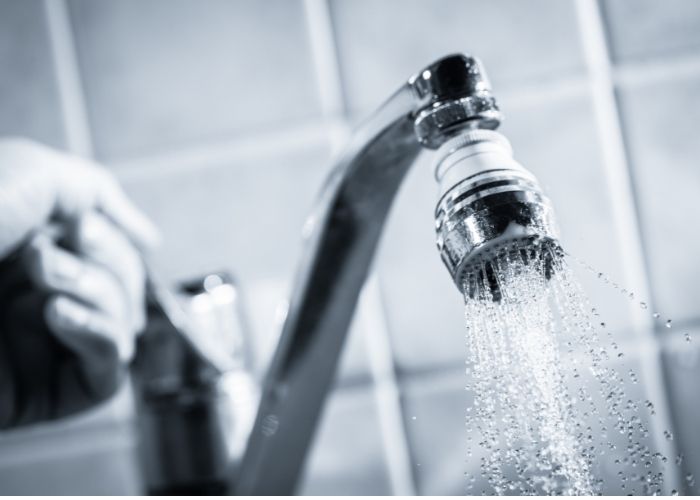MADRID – On average, a Spaniard consumes an Olympic swimming pool of water per year. According to the United Nations, 65% of the Spanish population will face water shortages by 2030 if things don’t turn around now. It is not too late, but action must be taken quickly.
A country’s water footprint is the total amount of water needed to produce all the goods and services consumed by its inhabitants. This counterpart of the C02 footprint includes both direct water use (drinking, showering, washing, etc.) and indirect water use (water used to produce goods or food).
The Water Footprint Network (WFN) has mapped the water footprint of several countries. Despite Spain being the driest country in Europe, it is in eighth place worldwide for large water consumers. And in Europe, Spain is in second place after Portugal. Globally, China, India, and America are the countries with the largest water footprint, accounting for 38% of water consumption
Lots of agriculture and bad pipes
While some of Spain’s footprint is imported through foreign-produced goods, the vast majority comes from domestic consumption and production. Agriculture and cattle breeding in particular weighs heavily on the whole. Moreover, no less than 75% of all water is used by the agricultural sector.
However, agriculture is not the only reason that the hydraulic footprint of the Spaniards is greater than that of other countries. The poor condition of the water pipes also plays a role. “Before it reaches the consumer, 23% of drinking water produced in Europe is lost. In Spain, this percentage is between 30% and 40%,” says Xavier Armengol, a specialist in water technology.
Changes needed
Experts agree it can’t go on like this any longer. “Spain is increasingly faced with drought and shortages because our demand is greater than our resources,” said Amelia Pérez Zabaleta, director of the Water Economics Chair of the Aquae-UNED Foundation. She indicates that there are various ways to initiate the desired change of course.
One of those ways is to raise water rates. “This not only covers the costs of the raw material, but also all other additional costs for infrastructure and the environment”. Few people know the drinking water tariff because the prices for water in Spain are very low, unlike the electricity costs. Therefore, “by raising prices, this can act as an incentive to use them more economically,” says Zabaleta.
But a turnaround in companies is also of great importance. “The water footprint is an important indicator of sustainability in the production chain. When a company, especially a large one, demands responsible management from its suppliers, this is reflected in the chain. We are already seeing that happening,” says Yago Lorenzo, project leader at a centre that advises companies on measuring their water footprint.
Improvements can also be made at the source itself. By digitizing the water extraction process, among other things, water waste can be minimised. As a result, possible malfunctions and leaks can not only be detected and remedied but also predicted. “It is a safe, sustainable, and efficient way to work towards zero discharge,” said Armengol.
The water problem is increasingly on the agenda
“The footprint and scarcity data may be worrying, but climate change and now the pandemic have put the water problem back on the map in a grim way. We can finally focus all our energy on coming up with solutions,” says Pérez. Zabaleta. She recalls the time when the national strategy was only aimed at controlling the supply of water and not at controlling the demand. But the realisation that things have to be done differently seems to be coming more and more.
Various government developments have accelerated in the past 5 years. The UN 2030 Agenda for Sustainable Development was adopted. Likewise, the Sustainable Development Goals on access to water and sanitation were also adopted. And as such, Spain now has a strategy for a circular economy with water as one of the priorities.
There also seems to be a shift going on among companies. Lorenza: “In just over a year, the number of applications from Spain and Latin America at our centre has multiplied. We are now starting to hear about the water footprint as naturally as we are about the carbon footprint.” With that, The change, of course, has already started and Spain is still on time, according to Pérez Zabalata: “I believe in the human capacity to adapt because not doing so is not an option.”


